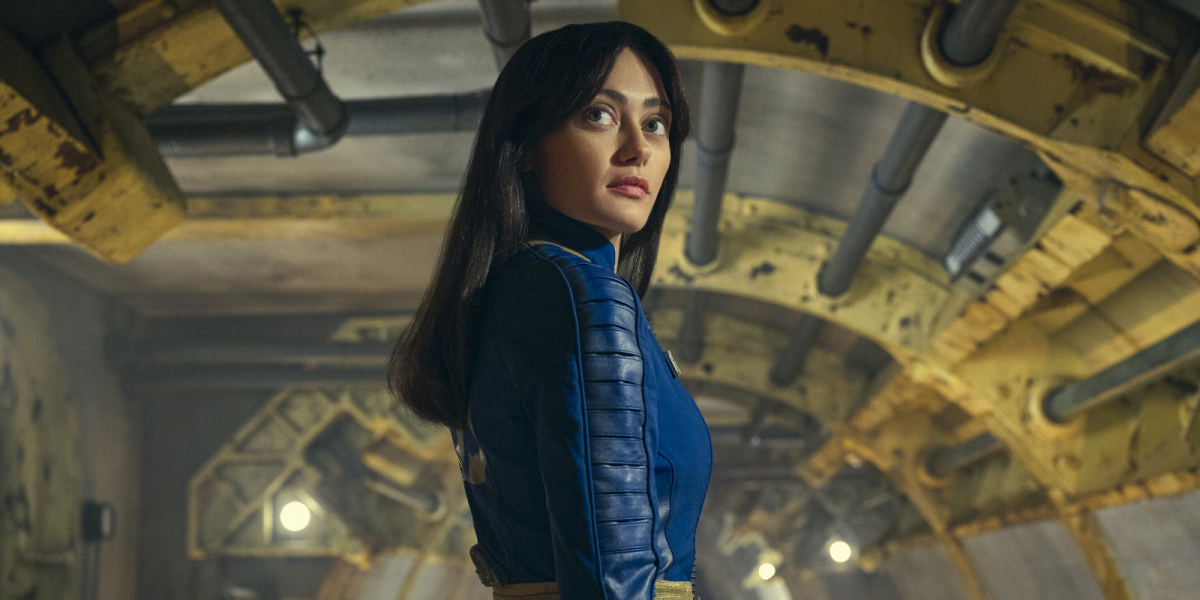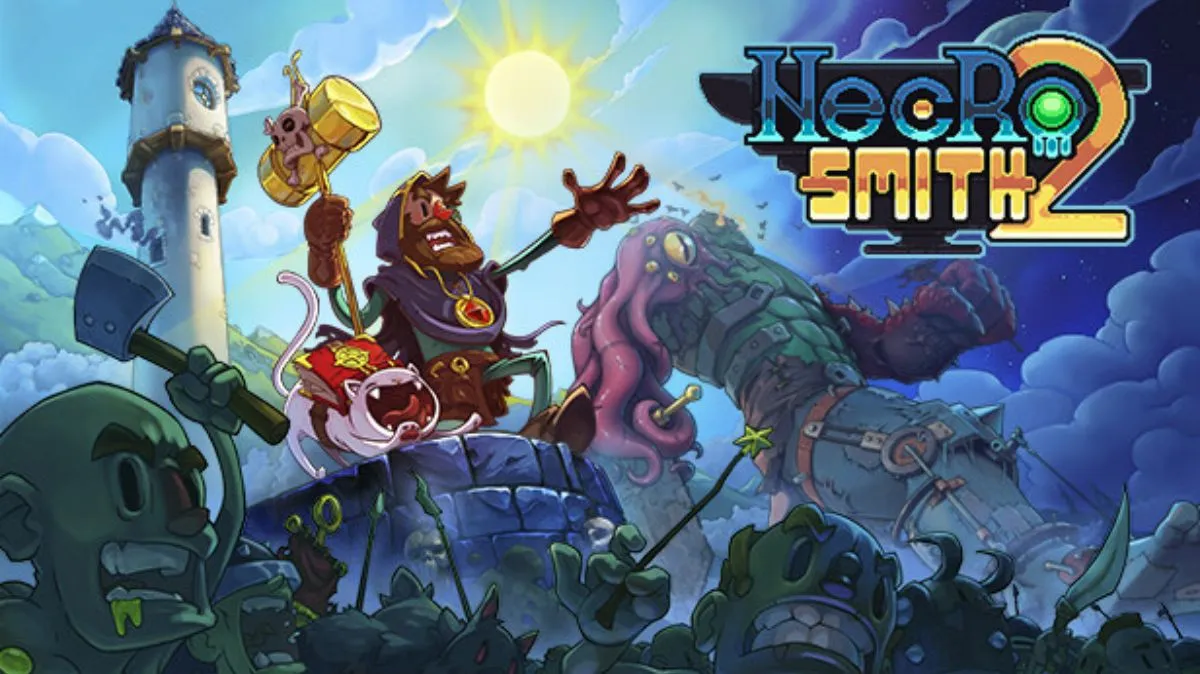There are two things you need to know about LA Noire. The first is that it is quite possibly one of the richest, most engaging narrative videogame experiences ever created. Rockstar games have traditionally rich and excellently-told stories, and this game, by Sydney’s Team Bondi, is no exception. It raises the bar so high it seems unlikely any of this year’s remaining releases will come even close.
The only thing keeping me from polishing up my “Game of the Year” stamp for LA Noire, however, is the second thing you need to know about it: The gameplay will frequently piss you right the fuck off. Setting aside the usual complaints with a sandbox game like LA Noire (driving is hard, controlling the camera is impossible, I don’t know where to go … wah, wah, wah), the added extras that come packaged along with LA Noire‘s attempt to recreate the art of sleuthing are hit-and-miss, and create the only real stumbles for this otherwise excellent game.
You will play as Cole Phelps, a former U.S. Marine returned home from the war in the Pacific, who has taken up his second career as a police officer. The game follows Phelps chronologically through his career as he makes Detective and gets assigned to a variety of investigative desks. Bookended by flashbacks of his experiences fighting the Japanese during WWII on Okinawa and sideways glimpses at the tales of a few of his fellow returning soldiers, Phelps’ career narrative covers a lot of ground, and through his eyes you will experience the seamier side of post-war Los Angeles, rendered in typically loving and exacting detail by Team Bondi and Rockstar.
The game drips post-war era style, right down to the peculiar language of the streets, the treatment of women and minorities, jazz, lounge singers, big-fendered cars and the curious mix of ultra-civility and grit that made Los Angeles in the 1940s such a unique spectacle. Based vaguely on hard-boiled detective stories and film noir, LA Noire borrows heavily from both while telling a tale that feels at the same time fresh and new. And in spite of the preponderance of cinematics, the game is rarely boring. Hands-on gameplay and storytelling are woven together so nearly seamlessly that each seems to carry just enough of its own weight to make the combined whole feel like something better than either an interactive movie or an action game.
The gameplay breaks down into three rough categories: action driving and shooting, investigation and interrogation. The action driving and shooting will be immediately familiar to anyone who has played a Rockstar game or almost any other sandbox. The big difference here is in the cars. There are nearly a hundred of them and each is a faithful recreation or approximation of vehicles that were actually on the road, including such rare specimens as the Tucker Torpedo.
Any car is drivable and slamming along down the freeway-less Los Angeles streets, side-swiping trolley cars and obliterating newspaper stands is as much fun as you would expect. Additionally, since you are, in fact, a bona fide police officer, there is nothing stopping you from switching on the siren of one of the many official police vehicles and blazing a path down the middle of the roadway as good citizens dutifully pull to the side. Getting behind the wheel of a post-war-era American-made tank-steel, rear wheel cruiser, hitting the wailer and blazing down the middle lane of a two lane road, blowing through red lights, holding the pedal down and pulling an emergency-brake-fishtail-hairpin turn is about as much fun as you can have in a game. I recommend doing it as much as you can.
Investigation mainly involves combing crime scenes for clues and then using those as leads for further investigation or in interrogations (more on those in a sec). Clue-finding is relatively straightforward and in the era well before CSI and DNA, you’re welcome to grab and hold everything you find and walk right through the blood trails. Nobody cares. Without the burden of having to be scientific (fingerprints and blood typing were still new in this era), what’s left is pure gumshoeing, walking the beat, inspecting cigarette butts and following the trail of clues wherever it leads. It’s surprisingly fun, if tedious in the late game arson cases.
Also tedious: interrogation. This is one of the areas where the game falls down, and it’s a shame, too, because almost all of the pieces are there for a stellar game mechanic. Where it fails is where multiple-choice dialogue trees usually fail: Three static response options are not enough variety to encompass the types of communications real humans have with real humans. The admittedly excellent facial capture technology certainly helps bridge the gap between what the on-screen characters are saying (and how they are saying it) and what a player’s mind expects to see when attempting to decipher visual clues, but your options for responding to those clues are limited and the method in which your character will act based on your commands is misleading and confusing.
In LA Noire, you interrogate suspects using a list of questions created based on the progress of your investigation thus far. Any clues you’ve found or witnesses you may have spoken with will generate further questions, and individual pieces of evidence can be used to prove that someone is lying to you.
After you ask a question, you will get a response, at which point you can either respond that you believe the suspect, you doubt their answer or you think they are outright lying. The face tech is so perfect you will occasionally recognize one of the voice actors, not by their voice, but by their face, which is stunning to see in a videogame. The facial depictions are so true-to-life, that it does genuinely seem as if a real person is talking to you. Unfortunately, learning how to “read” a suspect’s face will only get you so far. The trouble begins when you try to gauge ahead of time how Phelps will act and what he will say based on each choice. Often he will seem to be adlibbing, either being way too aggressive or not nearly enough. Worse, there are no takebacks. If you flub an interrogation you could miss critical clues and even jail the wrong guy. To redo an individual investigation you have to start the entire investigation all over again, and considering most are hours long, that’s a tough call to have to make.
It gets even stickier when accusing someone of lying. They will demand you prove your accusation, at which point you can select a single piece of evidence from your list of clues. Unfortunately it’s often a guessing game to match the intent of your spoken question to the written description of a given clue. More often than not, I found that I just couldn’t figure out what the game was going for, even after multiple replays. A certain level of difficulty is certainly welcome, especially when it seems that all most modern games ask of you is to push the right button after being told which button to push, but the interrogations in LA Noire go beyond the realm of difficulty into “unfair” territory. Failing through an inability to correctly parse syntax is not fun, no matter in what context.
Thankfully the game will keep chugging along through the story even if you nab the wrong guy and completely suck as a detective, and once you’ve played a case, it’s easy enough to go back and try again. You can also sandbox the game via “Streets of L.A.” mode, which allows you to ride around in a police car, being a policeman, unlocking hidden cars, film reels and the like, and responding to radio calls. This takes some of the angst away from following through the story linearly, knowing you can go back for the extras whenever you like. Completionists who also want to see how the story plays out (like me) will feel like they’ve got the best of both worlds.
Bottom Line: LA Noire is the type of game we jump up and down over – full of story and style and oozing playability and charm. Unfortunately the single, awkward mechanic of the interrogations mars what could have been a flawless recreation of a classic genre.
Recommendation: You don’t have to be a fan of traditional sandbox games to get something out of LA Noire. The dark and gritty narrative, investigative angle and collectibles make this one a win for all kinds of gamers. If you’re even mildly curious, it’s worth picking up.
[rating=4.5]This review is based on the Xbox 360 version of the game.
Game: L.A. Noire
Genre: Action Adventure
Developer: Team Bondi
Publisher: Rockstar Games
Platform(s): PS3, Xbox360
Available from: Amazon(US), GameStop(US), Amazon(UK), Play.com(UK)



